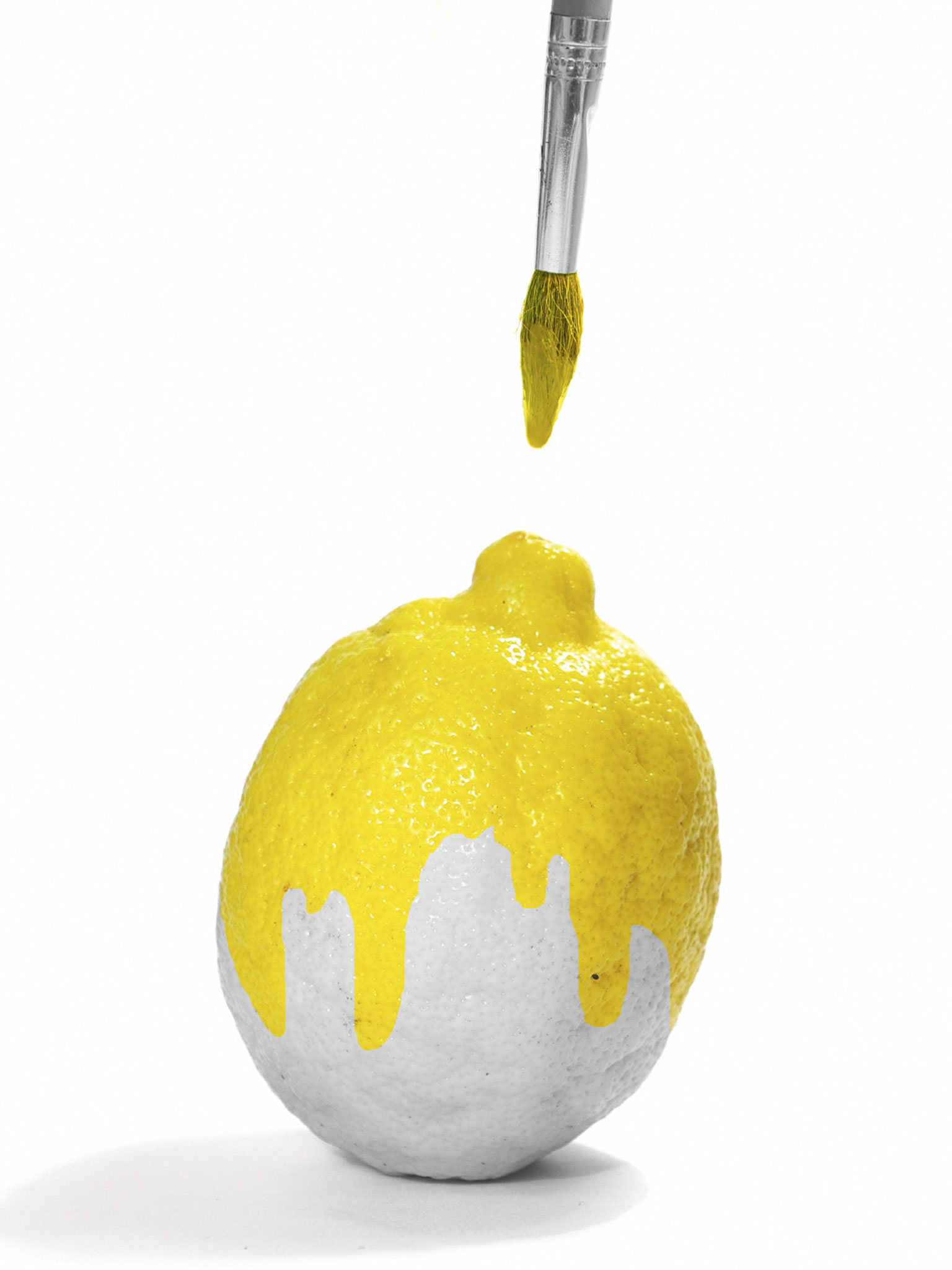
Easy to spot but difficult to prove, John de Waal QC reports
In difficult times debtors who fear insolvency will take steps to put their assets out of reach of creditors. The easiest target for a judgment creditor is real estate owned by the debtor but the paradox is that, as all practitioners know, if the property is fully charged and the charges exceed its value, then there is no point pursuing it and the debtor will be left in occupation.
Hence the temptation to create sham charges, famously defined by Lord Justice Diplock in Snook v London and West Riding Investors Ltd [1967] 2 QB 786 as: “Acts done or documents executed by the parties to the ‘sham’ which are intended by them to give to third parties or to the court the appearance of creating between the parties legal rights and obligations different from the actual legal rights and obligations (if any) which the parties intend to create.”
Two recent decisions from the same judge, Nicholas Strauss QC sitting as a deputy judge in the Chancery Division, have reminded us











